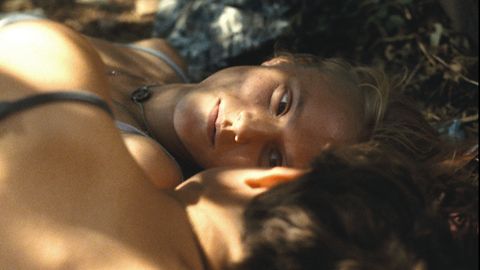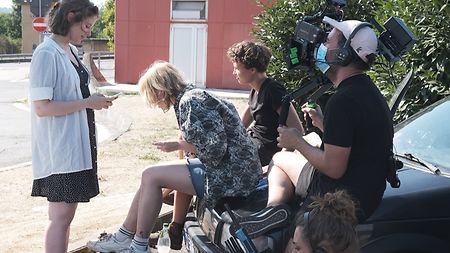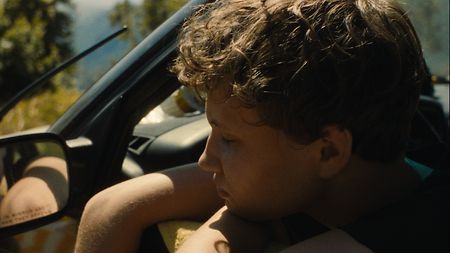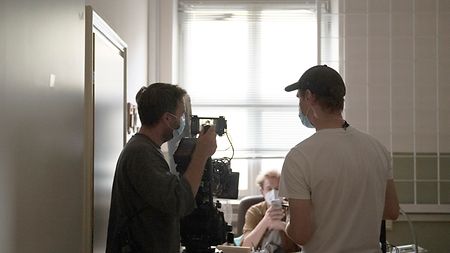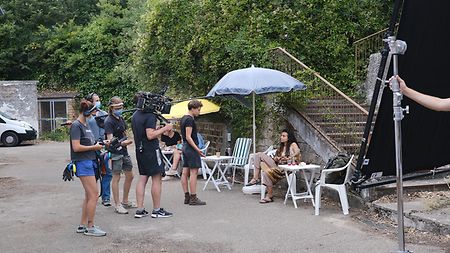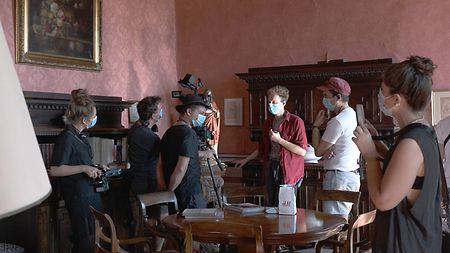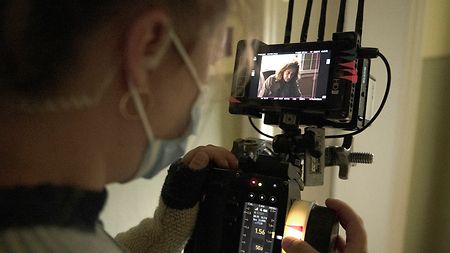Since 2021, ARRI Rental has been endowing the Franz Kraus Production Award to support a promising graduation film project produced by students of Munich's HFF film school. The winner receives up to €50,000 towards camera, lighting, and grip equipment. In its first year, the award attracted so many high-quality submissions that three projects were chosen to share the prize. Among them was “Dead Girls Dancing” by director Anna Roller and cinematographer Felix Pflieger. The team previously won the German Short Film Award in 2021 with their film “Gör” – also supported by ARRI Rental.
“Dead Girls Dancing” tells the story of high-school graduates Ira, Malin, and Ka, who pick up the mysterious backpacker Zoe while on a graduation road trip through Italy. When their car breaks down, they look for help in a deserted mountain village, unaware that it has been evacuated because of an impending forest fire. The film was shot between August and October 2021 with an ALEXA Mini camera and Moviecam lenses – as well as lighting and grip equipment – provided by ARRI Rental Munich. In this interview, cinematographer Felix Pflieger talks about the filming experience.
